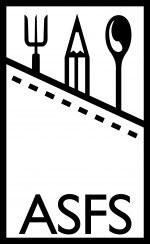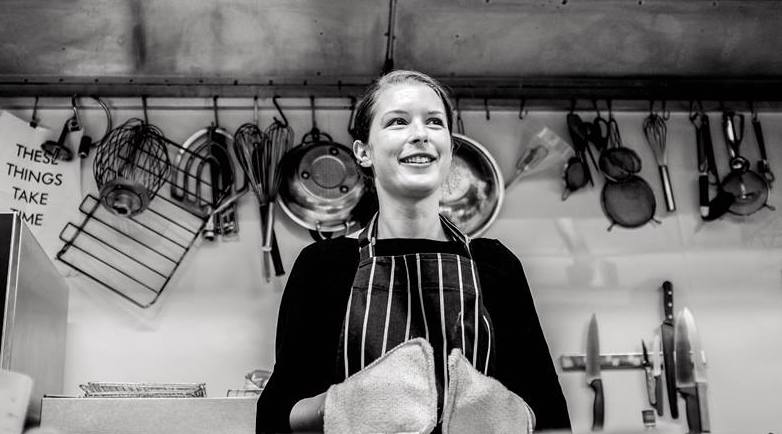
Dr. Sasha Gora received her PhD from Ludwig Maximilian University of Munich and the Rachel Carson Center for Environment and Society in 2020. Currently, she works as an environmental humanities research fellow at the Center for the Humanities and Social Change at Università Ca’ Foscari, Venice.A cultural historian and writer, her work focuses on the intersections of food, history, culture, and art. In this interview with Alanna K. Higgins, they discuss her research interests, advice for an international career, climate change, public scholarship, and her favorite knife. Photo by Nina Mik.
What drew you to becoming a member of ASFS?
Having grown up in Toronto between East Chinatown, Greektown, and Little India, I have always been fascinated by food. In 2017, while I was doing my PhD, I published an article in the Graduate Journal of Food Studies and became a member of the GAFS. I then joined the ASFS and am grateful to be connected to such a lively community of food studies scholars.
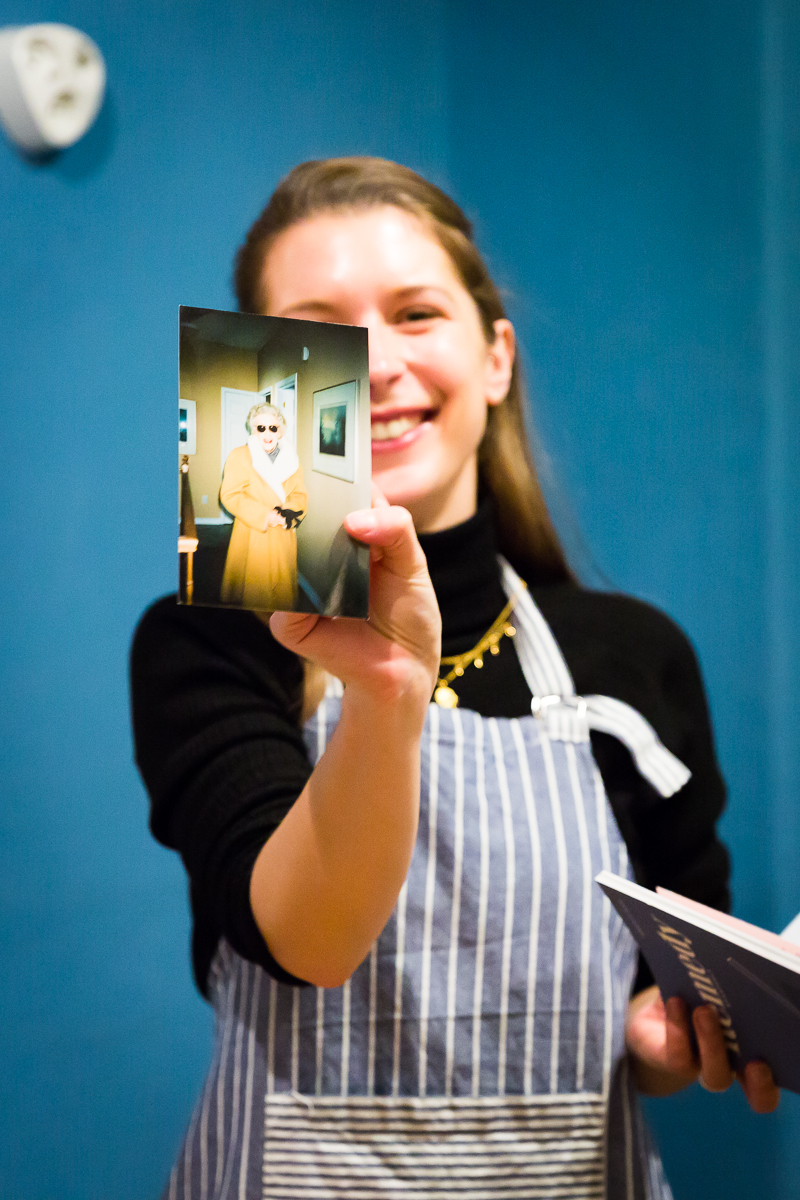
Your website states you are a cultural historian and writer who focuses on food history and contemporary art. Could you take us through the intersection or divergences of these research interests?
For my undergraduate degree I majored in art history and international development studies, which is to say that in addition to being curious about the production, exhibition, and reception of art, I’ve always been interested in the sociocultural and political forces that determine what art is and does. After graduating with a master’s degree in museum studies, I hopped from one internship or short-term contract to the next, trying to find professional legs to stand on in the art world. During this time, I came to Venice for an internship at the Peggy Guggenheim Collection, which is actually the city where I am currently based as a postdoctoral research fellow, making this story feel like it is about to eat its tail.
While in Venice I wrote my first article about food—a longform article for Honest Cooking about truffles that questioned value and the black and white extremes of so-called luxury ingredients. I then moved back north of the Alps, to Munich, where my partner is based, and started working at a city-funded art space: PLATFORM. There I co-curated the program FOOD SOUND UNDERGROUND and my events spotlighted the role that food plays in defining cities.
Around this time, my interest in food began to take over my work in art. Through these events I came across the Rachel Carson Center for Environment & Society in Munich and decided to apply to its doctoral program. When I first started, I liked to joke that I was a disciplinary orphan, trained as an art historian, working with food, and now pivoting to the environmental humanities. However, my training in art history informs whatever research I am working on. It taught me how to write detailed descriptions, thick analysis, and how to read the politics of a time and place whether through an art installation or a restaurant menu.
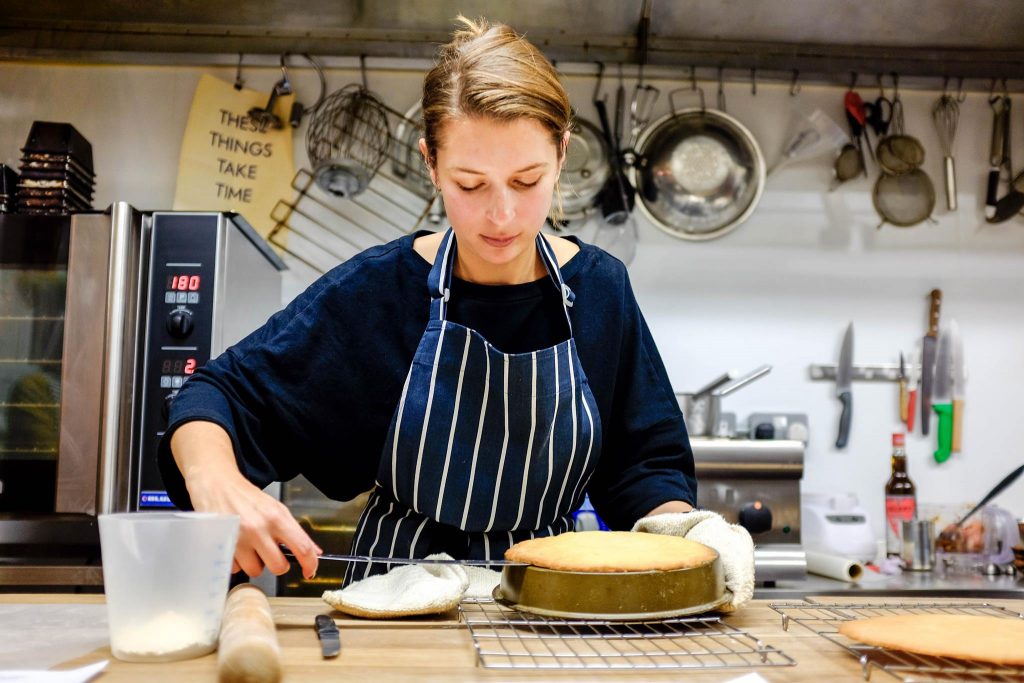
Originally from Canada, you’re now based in Italy and Germany. Do you have advice for those who are interested in an international career like that?
It is a good question and an answer I’m sure my younger self would also be interested in! I certainly did not inherit the travel bug from my parents. Perhaps I can blame it on my teenage nostalgia for imagining Leonard Cohen tanning on Greek islands and Jim Morrison dressed in pink drinking beer in Paris?
After high school I moved to France and worked as an au pair. The experience taught me a lot about bureaucracy, work visas, and how cultural reactions to crying in a bank vary from one country to another. When I went to university, I took advantage of exchange opportunities, as well as international internships. For North Americans, short-term fellowships and workshops are an excellent means of growing one’s career transnationally. One experience then led to the next opportunity or country. Money is an issue, but often there are funding opportunities one can dig for attached to such opportunities, such as the DAAD in Germany.
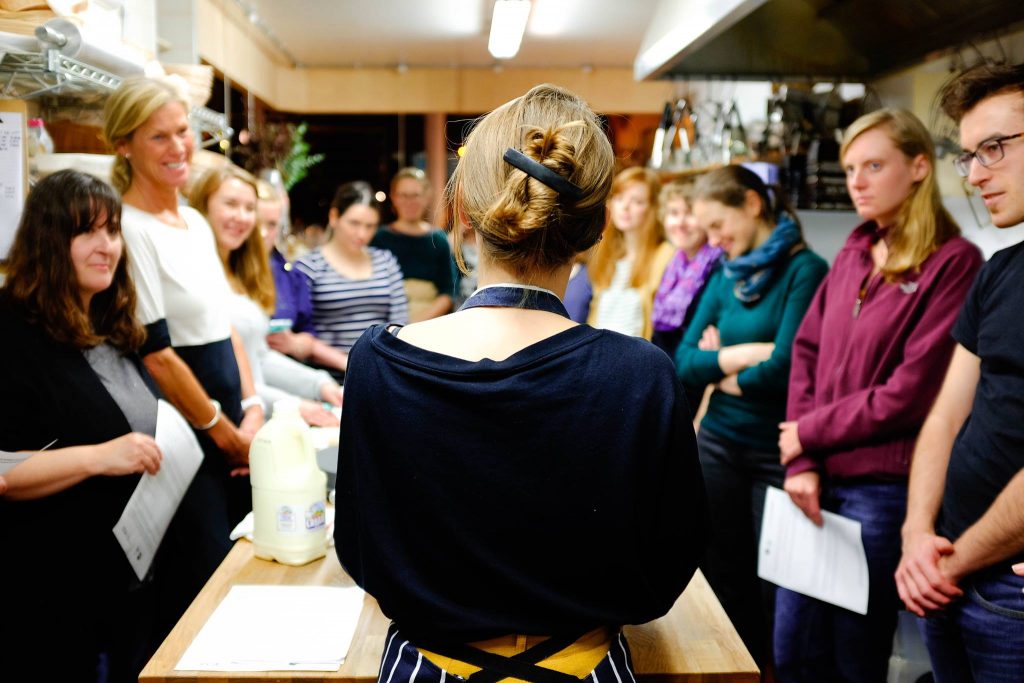
Can you tell us more about your doctoral work examining Indigenous restaurants in Canada?
My dissertation Culinary Claims: A Cultural History of Indigenous Restaurants in Canada is about interchanges between wild plants and introduced animals, the domesticated and the rogue, Indigenous foodways and Canadian regulations, cooks and customers. A mix of environmental history and food studies, it uses cuisine to write about the history of social and political issues regarding cultural representation, restaurants, and food sovereignty in Canada, a settler colonial state.
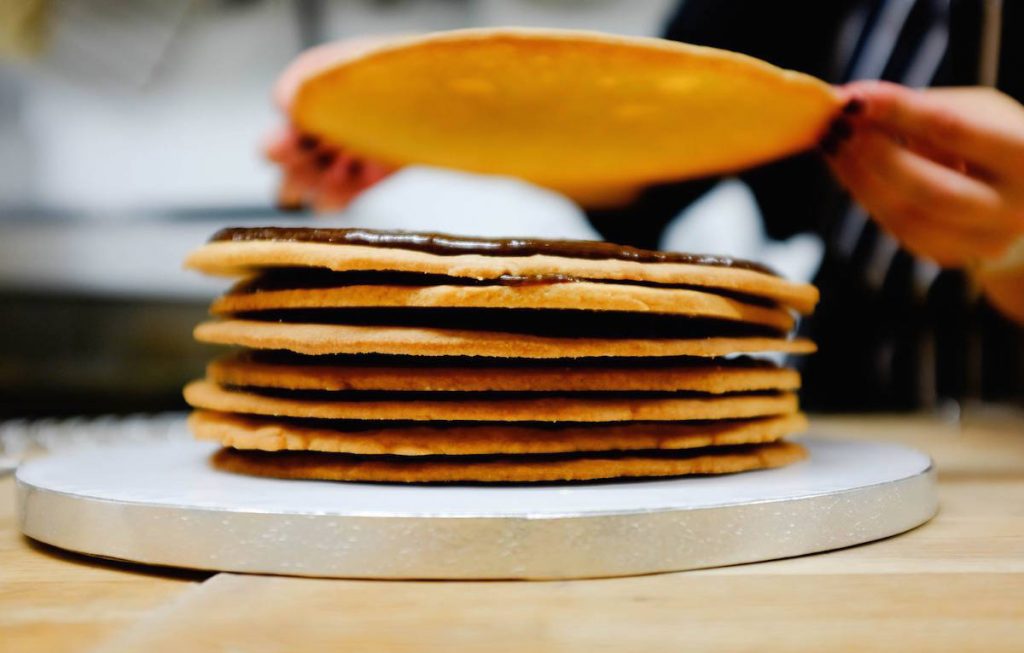
From the workshop “The North, the Nordic, and the New: Stories about an Icelandic Cake.” Photo by Nina Mik.
In 2007, I did an exchange at the University of Copenhagen. While in Denmark I worked part-time as a weekend breakfast cook. This was before Noma was crowned best restaurant in the world, but there was already a sense that eating out in Scandinavia (and beyond) was changing. Over the following years I would notice this influence whenever I returned to Canada: from cocktails garnished with fresh spruce tips to restaurants boasting about their wildly foraged menus. The culinary narrative had shifted from the Cantonese-Canadian fare or greasy spoon breakfasts I largely associated with eating out when I was a kid, which made me curious about how representations of Indigenous foodways had also changed. I kept coming back to a conversation I once had with a family friend in New Delhi, who had asked me where one could try Indigenous cuisine in Toronto. I decided to approach these entangled observations about the presence and absence of Indigenous foodways in Canada by focusing on restaurants. This research also guides my first book, which is forthcoming.
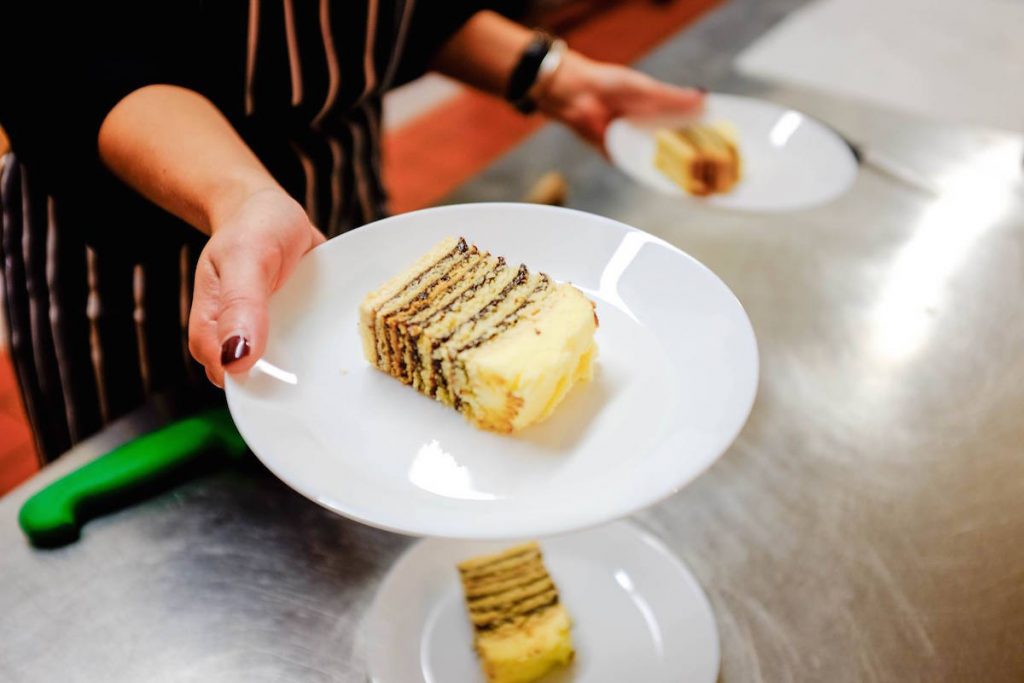
You currently examine culinary reactions to climate change as a postdoctoral fellow at the Center for the Humanities and Social Change at Ca’ Foscari University of Venice. Can you tell us more about this research?
My dissertation had three animal case studies: beaver, seal, and salmon. The beaver chapter discussed conflicting imaginations of the edible. With the seal chapter I wrote about Indigenous sovereignty, and with the salmon chapter I considered commercialization and the various meanings of wild versus farmed fish. This last chapter, in particular, informed my current research project, titled “A Tale of Two Fish: Culinary Reactions to Climate Change.” In Venice I’m considering seafood of all sorts, particularly shellfish, how human appetites have transformed the Venetian lagoon, and how changes in the Venetian lagoon have, in turn, transformed human appetites.
How did you hear about this postdoctoral position? Do you have tips or tricks for people looking for postdocs or post-PhD positions?
I learned about it through an online call last year. Recently I also interviewed for a visiting professorship position, which itself felt like an achievement. To say the current academic job market leaves a lot to be desired only points out the obvious. And although I did not get that position, I got an email so warm it feels wrong to call it a rejection. The professor filling the position repeated the usual script about the dazzling number of applicants only to say that this is a clear sign that the current system is producing amazing scholars but not nearly enough jobs. It ended by assuring me that my work is worth continuing—a point that the academic application process often erodes.
I would repeat this to everyone who has subjected themselves to the pleasure and pain of pursuing an academic career. After having finished my PhD, immediately landing a postdoctoral position felt like I was thrown a rope to keep hanging on to. The academic job market is tough, and we need more honest conversations about just how tough. My tip would be to apply, apply, and apply again, and to not be put off by the inevitable rejections. It is important to stay flexible and open minded about where your research can take you.
With pieces in VICE, Gastronomica, BBC Travel, Gather, and more you have a wide range of public writing and scholarship. How did you get into this, and do you have any suggestions for those of us who want to engage with this type of writing?
Since writing is one of the main channels with which scholars share their research, I find it unfortunate that so much academic writing is guarded by steep paywalls and buttoned-up language. Before I became a scholar, I was a writer, and I feel lucky to be able to pursue both practices in tandem. Public writing, for me, is a chance to share my work with a wider audience and, as a writer, to let my hair down. I also like the thrill of courting shorter stories in addition to long-term research projects.
To pitch articles and stories comes with a lot of rejection, which, somewhat conveniently, also prepared me for academia. But just because one publication isn’t interested in an idea doesn’t mean that no publication is. Also, there are many generous resources online. I’d recommend joining Facebook groups for writers, including food writers, as well as reading Alicia Kennedy’s excellent weekly newsletter that keeps track of the current temperature of American food media and what needs to change.
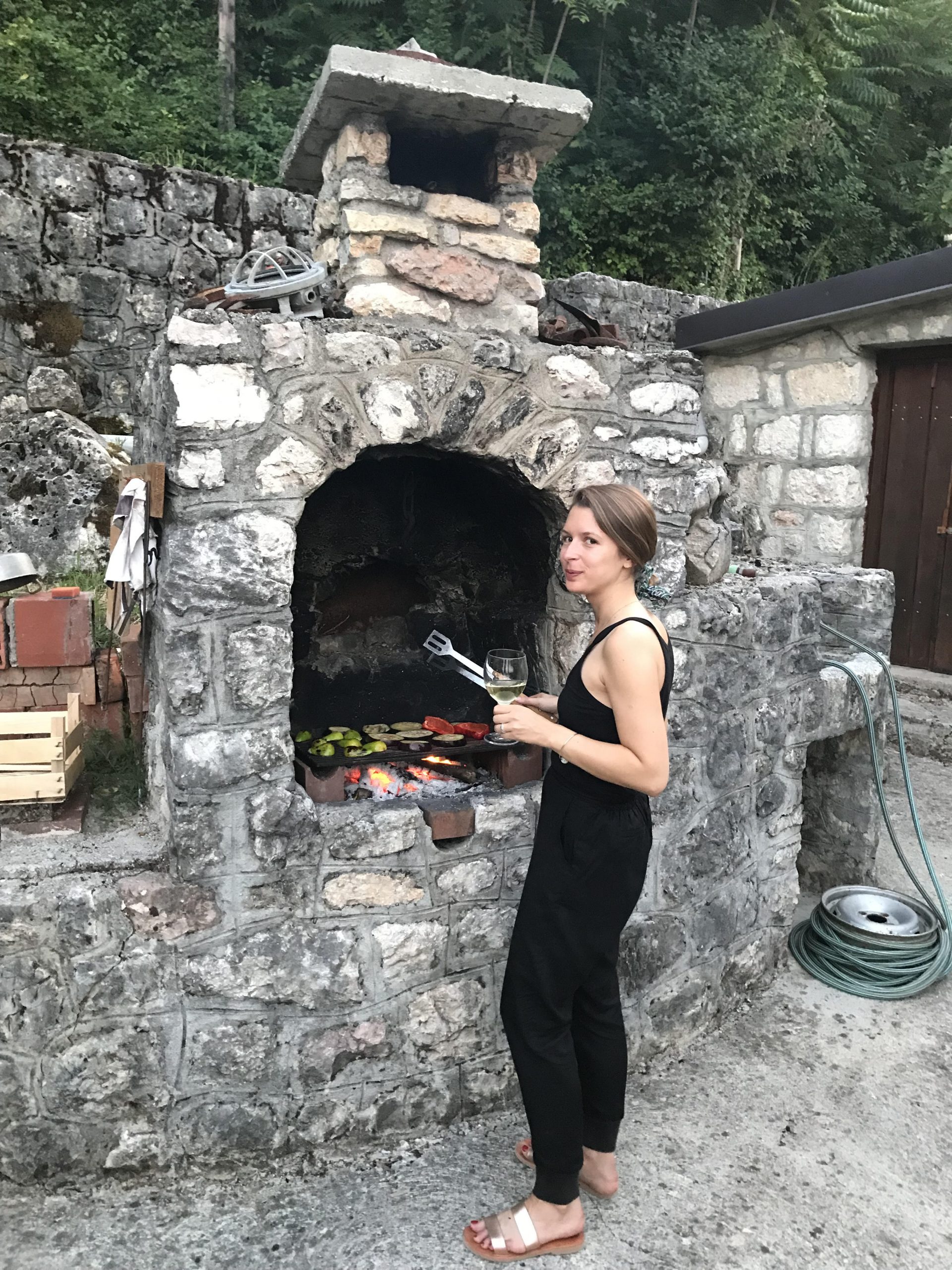
Can you tell us about your favorite and sharpest knife?
Thank you for asking! The truth is wherever I move I bring a small ceramic knife because I have neither the patience for dull knives nor for sharpening them. The ceramic knife might be the one I use most, but my favorite knife is a handsome fish knife with a light wood handle and a blade so wide and heavy and sharp that it demands respect and patience. I bought it at the Busan fish market in 2013 while I was in South Korea participating in the Gwangju Biennale International Curator Course. It mainly lives on my knife rack and once when I reached for something else, I noticed a trail of blood on my hand, having brushed by it without even having felt its cut. A good reminder of the physical risks in the kitchen.
